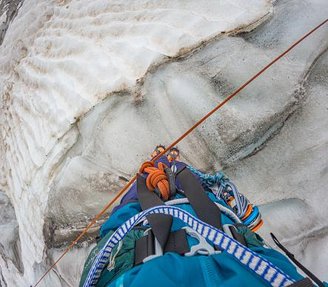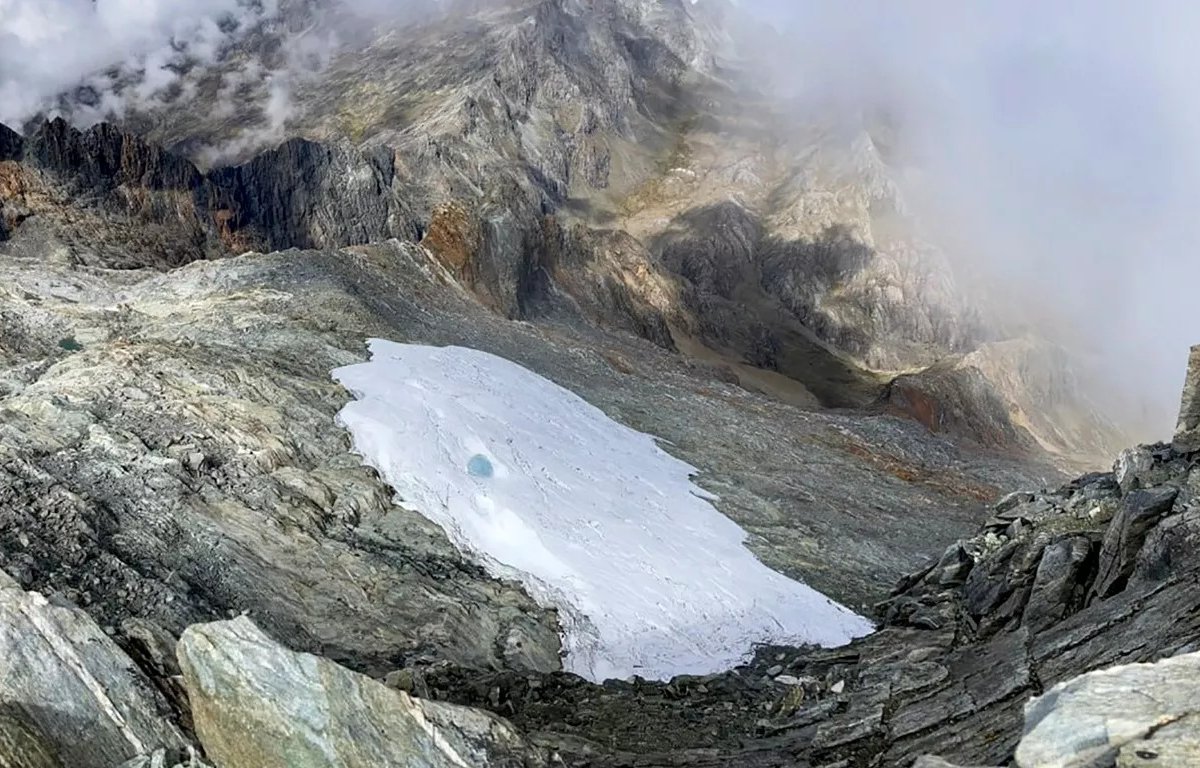Venezuela has just officially announced that its last glacier has melted. The imposing La Corona, one of the most sought-after tourist destinations by Brazilians and other visitors from around the world between the 1950s and 1980s, covers 4.5 square kilometers in the Serra Nevada Park. reclassified by scientists as a simple ice field.
The sad statement made recently represents a defeat against climate change (another defeat in South America!). Located at almost 5,000 meters above sea level, close to Pico Humboldt, La Corona was more than a tourist attraction, it was a symbol of nature, and its decline represents a real impact on the life of the country and therefore on our planet.
In the first decade of the last century, the country boasted six glaciers covering a total area of one thousand square kilometers, and in 1956 the Venezuelan Andean Club organized a cross-country ski championship in the Pico Espejo mountains. In the province of Mérida. In 2024, all that’s left of all is “a piece of ice that’s 0.4% of its original size.”Professor Julio Cesar Centeno of the University of the Andes told AFP.
Why is La Corona no longer a glacier?
According to international standards, a glacier must be at least 10 hectares in size, that is, 0.1 square kilometers. This pattern had already been lost since 2011 by existing glaciers at the El León, La Concha, El Toro and Bolivar peaks. Survey conducted It has been stated that there has been a 98% loss in Venezuela’s ice cover in the last five years. Between 1953 and 2019, it is 17% in the last four years of the analyzed series.
In a desperate attempt to “protect” the glacier, Venezuelan government officials attempted to cover what was left of the ice with a polypropylene coating, similar to those used in mountainous countries to protect ski slopes during the summer months. The measure announced by President Nicolás Maduro aims to “save Mérida’s glaciers.”
The operation, which involved 35 rolls of mantle, each 2.75 meters wide and 80 meters long, and taken to the summit by military helicopters, is considered useless as only 2 hectares remain of the 450 hectares connecting Humboldt to the Bonpland summit.
What is the outcome of the plan to save Venezuela’s glacier?

The surprising rescue plan failed to prevent environmental disaster and sparked protests among scientists and conservationists. “They are ‘protecting’ a glacier that no longer exists,” Centeno says. “This is misleading, a hallucination, completely ridiculous,” he concludes.
Considered reckless, the initiative has the potential to pollute the entire ecosystem of the park as the “protective” fabric turns into microplastics over time. “These microplastics are practically invisible; they get into the soil and from there they go into fields, into lakes, into the air, so people will eat and breathe them,” warns Centeno.
Track the effects of climate change on our planet at TecMundo and discover how melting polar ice is changing the length of the year on Earth.
Source: Tec Mundo
I’m Blaine Morgan, an experienced journalist and writer with over 8 years of experience in the tech industry. My expertise lies in writing about technology news and trends, covering everything from cutting-edge gadgets to emerging software developments. I’ve written for several leading publications including Gadget Onus where I am an author.











